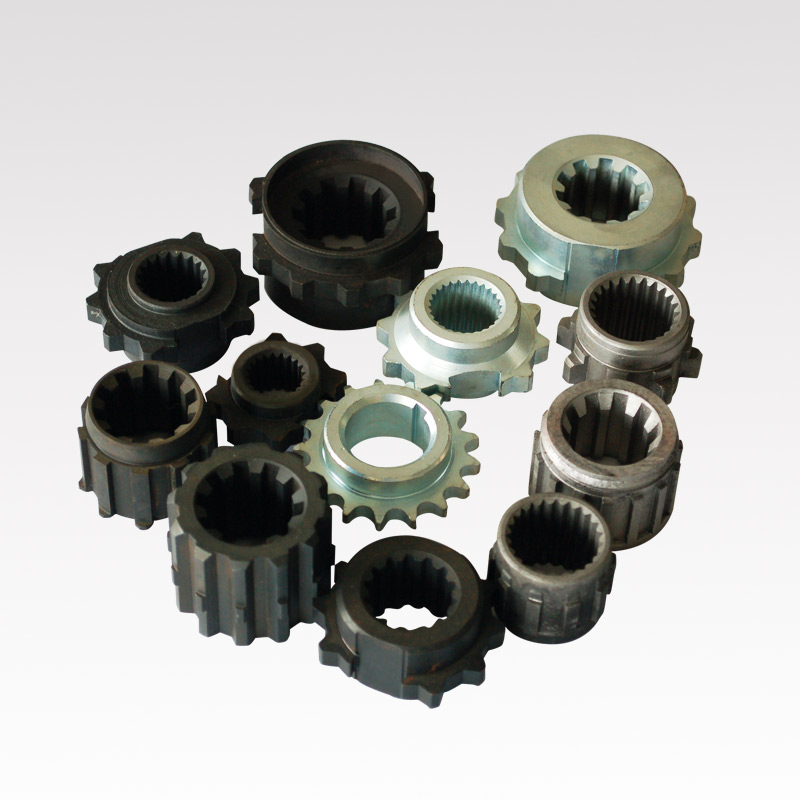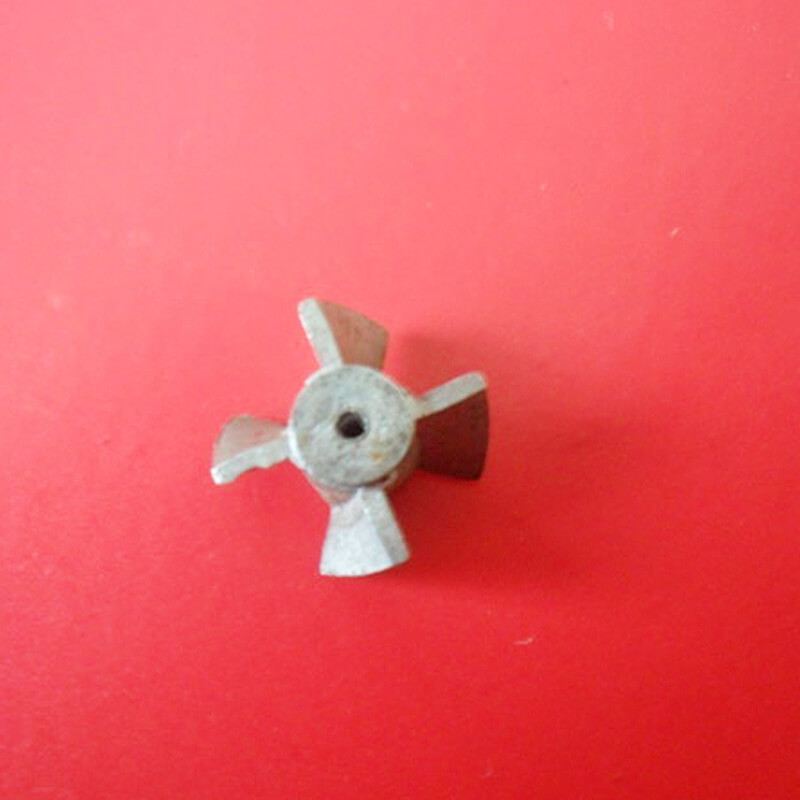With the continuous progress and development of industry, powder metallurgy has gradually entered the public's field of vision in the automotive industry, daily necessities, machinery and equipment and other fields, and has occupied a certain degree of importance. However, there are still many friends who do not know much about powder metallurgy materials. What are the difficulties in processing powder metallurgy materials?
Powder metallurgy materials have unique chemical composition and physical and mechanical properties that cannot be obtained by traditional melting and casting processes. For example, the porosity of the material is controllable, the material structure is uniform, and there is no macro-segregation. Non-uniformity of chemical composition caused by flow), can be molded at one time Generally speaking, powder metallurgy materials are porous, semi-dense or fully dense materials (including products) made by powder metallurgy.

(1) Porosity leads to microscopic wear of the cutting edge of the tool. When using a tool to process powder metallurgy materials, when the tool reciprocates from the hole to the solid particles, the tip of the tool is continuously impacted, which will cause small cracks on the cutting edge, and these small cracks will increase to the edge of the casting.
(2) Porosity reduces the thermal conductivity of powder metallurgy parts. The temperature on the cutting edge of the tool is very high during cutting, which will cause the crescent wear and deformation of the tool.
(3) The porous structure will increase the surface area and will also cause oxidation or carbonization during heat treatment. These oxides and carbides are very wear-resistant and affect the machinability of powder metallurgy materials.
(4) Due to the existence of voids, the hardness value of powder metallurgy materials also fluctuates in a small area. For example, even if the measured macroscopic hardness is HRC20~35, the particle hardness of the component parts may be as high as HRC60 or more, which will cause severe and rapid cutting edge wear.
(5) Many powder metallurgy parts can be heat treated, the hardness and strength after heat treatment will become higher, and the surface will also contain hard and wear-resistant oxides and carbides after sintering and heat treatment.
(6) Inclusions may also exist in powder metallurgy materials. During processing, these inclusion particles will rub from the front of the tool, forming abrasions or scratches on the surface of the part, and also causing tool wear.

 English
English 简体中文
简体中文






